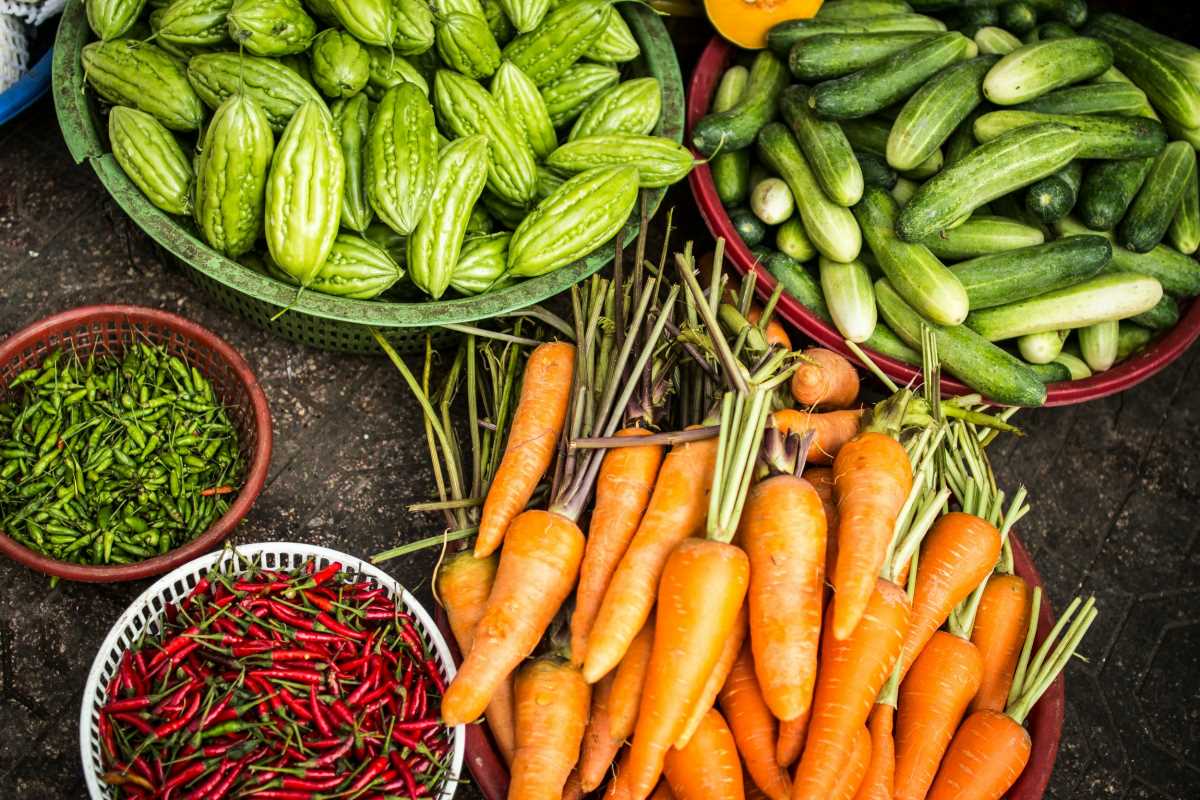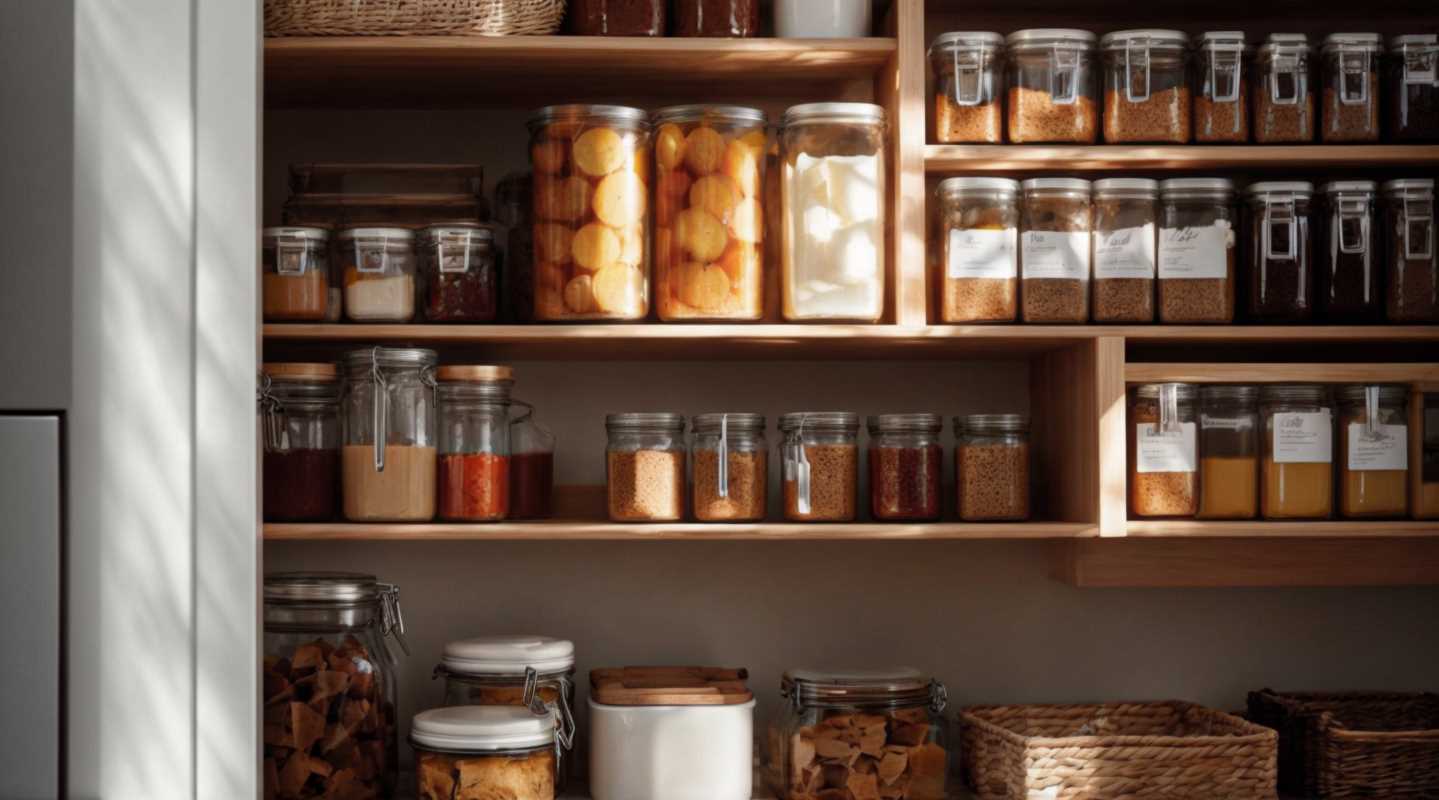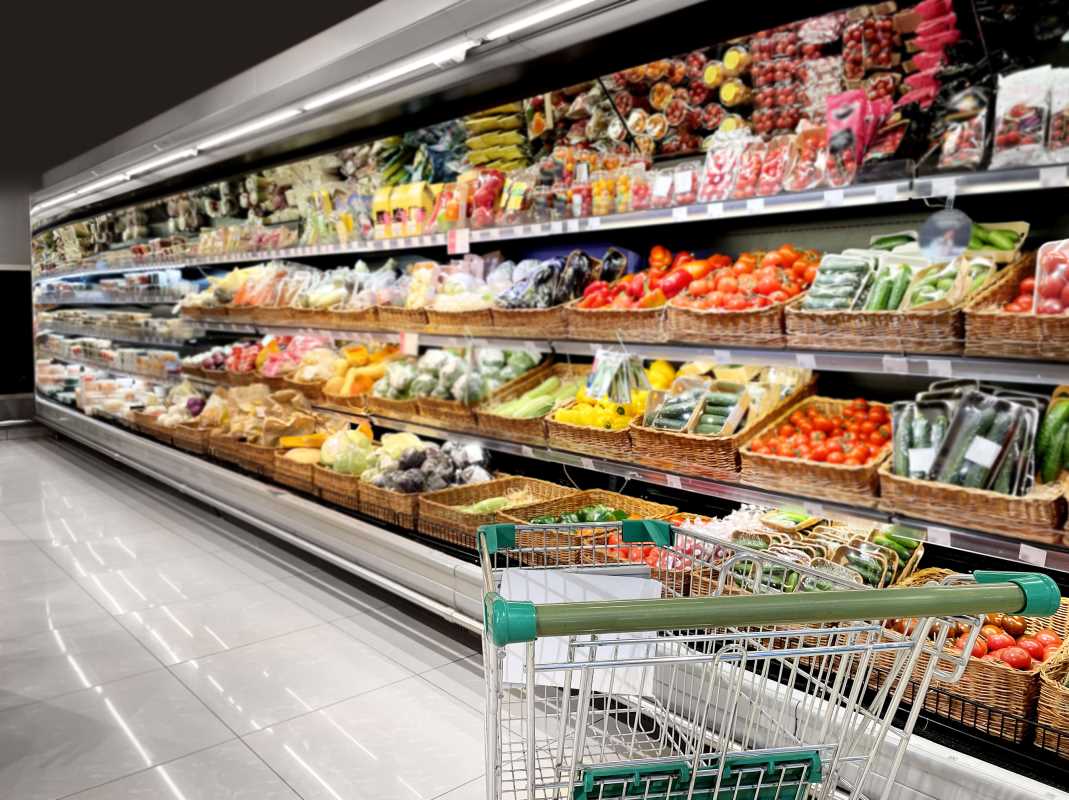Turning rooftops, balconies, or small yards into vibrant organic farms adds life and color to urban environments while providing a reliable source of fresh fruits and vegetables. People who grow their own produce in the city enjoy gardening as a hands-on activity that brings both relaxation and satisfaction. Tending to herbs, greens, or tomatoes lets anyone transform a plain patch of land or a few containers into a productive oasis. Harvesting homegrown food not only supports healthier eating but also creates a personal connection to each meal. Urban organic farming proves that anyone can enjoy the pleasures of gardening, even in the heart of the city.
Breaking free from traditional gardening, urban organic farming opens up room for creativity and practicality. With the right tips and techniques, transforming a tiny rooftop or backyard into a mini oasis of flavor becomes an achievable dream for anyone willing to explore the green side of urban living.
Why Urban Plots Are Perfect for Organic Farming
City spaces often come with creative challenges, and urban plots provide a playful canvas perfect for organic farming. By taking advantage of vertical areas, balconies, and even window sills, you can turn ordinary spaces into bustling micro-gardens filled with edibles. Being close to daily life makes it convenient to tend to your plants and enjoy freshly harvested produce within minutes of picking.
The concentrated setting of urban plots means less travel time, less waste, and a closer connection to the food you eat. Residents who practice organic methods enjoy a more hands-on approach to their meals while reducing environmental impacts. This hands-on method transforms urban living into a personal mission of cultivating nature in unexpected places.
Secret 1: Soil Quality Upgrades
Healthy plants start with healthy soil, and boosting your dirt organically provides the best benefits. In small urban spaces, quality soil serves as the foundation that holds the key to robust growth and bountiful yields. Experiment with homemade compost, aged manure, and natural mineral additives to enrich your soil without resorting to chemicals.
Focusing on soil quality might seem like a tedious chore at first, but dedicating time to test and improve your soil’s texture, pH, and nutrient content pays off quickly. You may discover that a few adjustments to your soil blend result in a dramatic improvement in plant vitality and flavor. This small effort transforms even the tiniest patch into a thriving food haven.
Secret 2: Space-Saving Planting Techniques
When garden space is limited, innovative planting techniques make all the difference. Urban gardening depends on creativity by repurposing every nook and cranny as potential planting spots. One effective idea is vertical gardening, which uses wall-mounted planters to hold herbs, leafy greens, or even strawberries in cascading beauty.
Consider these ideas for maximizing your urban garden space:
- Vertical gardening to create layers of produce on walls.
- Container planting on patios or window boxes to add mobility and design appeal.
- Companion planting to make the most of space by growing compatible plants side by side.
Each method offers a clever way to grow more food in less space, leaving your urban plot looking both smart and bountiful. The fun and creativity of arranging your planting system will give you new insights into space-constrained gardening.
Secret 3: Composting and Natural Fertilizers
Keeping your garden nourished through composting and natural fertilizers forms the backbone of organic urban farming. Start by collecting kitchen scraps like vegetable peels, egg shells, and coffee grounds in a small compost bin. This process not only recycles waste but also provides a rich, natural fertilizer that feeds your plants.
Follow these steps to master composting in a compact space:
- Layer brown materials, such as dried leaves or shredded paper, with green materials like fruit scraps.
- Turn the pile regularly to aerate the compost and speed up the decomposition process.
- Monitor moisture levels and add water sparingly if necessary to keep the pile from drying out.
These practical tips ensure that your garden receives nutrient-rich compost that maintains soil health and enhances the flavor of your produce. A well-managed compost system makes urban gardening a fulfilling and sustainable activity.
Secret 4: Water Conservation Methods
Maintaining optimal moisture levels is crucial, and water conservation techniques make the most of every drop. Smart watering not only protects limited water resources but also creates a controlled environment where plants can grow steadily. Using drip irrigation or soaker hoses channels water directly to the roots, reducing waste and evaporation.
Consider installing rain barrels to collect runoff from rooftops or nearby gutters. Reusing this harvested rainwater adds an eco-friendly touch to your garden, ensuring your plants receive fresh, chemical-free water while keeping your utility bills low. These efforts not only sustain your garden but also promote responsible resource use in urban settings.
Secret 5: Pest Management Without Chemicals
Controlling pests naturally is essential for organic gardening. Avoid harsh chemicals by welcoming beneficial insects that prey on common pests. Ladybugs, lacewings, and predatory mites act as nature’s own pest control, protecting your crops while maintaining an organic balance. Introducing these allies to your garden can work wonders for your plants' health.
You also have several tactful approaches to handle pest invasions:
- Use companion planting to repel unwanted visitors and encourage beneficial bugs.
- Create homemade natural sprays using ingredients like garlic, neem oil, or chili peppers.
- Maintain garden cleanliness to remove weeds and debris that harbor pests.
These practices enable you to enjoy a thriving, chemical-free garden. Managing pests with organic methods preserves both the ecosystem and the purity of your urban oasis.
Secret 6: Choosing the Right Crops for Urban Plots
Selecting crops that grow well in containers is crucial for limited urban spaces. Focus on plants that require less room to thrive and mature quickly. For instance, leafy greens like spinach, kale, or herbs can produce abundant harvests from small pots. Root vegetables such as radishes and carrots can grow successfully in shallow containers, making them ideal for urban plots.
Choose crops that match your specific micro-climate for a personalized and productive garden. Trying different edibles not only diversifies your meals but also keeps your gardening experience exciting and innovative.
Secret 7: Continuous Learning and Community Involvement
Urban organic farming benefits greatly from shared knowledge and community enthusiasm. Keep learning and educate yourself about new organic methods, seasonal planting, and sustainable practices by joining local gardening clubs, online forums, or workshops. These interactions give you the opportunity to exchange practical advice, troubleshoot challenges, and celebrate successes together.
Engage with knowledgeable gardeners who understand the challenges of urban growing. Participate in community gardens, attend local organic fairs, or volunteer for environmental projects in your neighborhood. Building a network of like-minded individuals gives you fresh inspiration and insights, making your urban gardening adventure even more engaging and rewarding.
Experiment with these seven secrets to make your urban space a personal haven of growth and flavor. Start today and enjoy the rewards of a garden that is uniquely yours.







